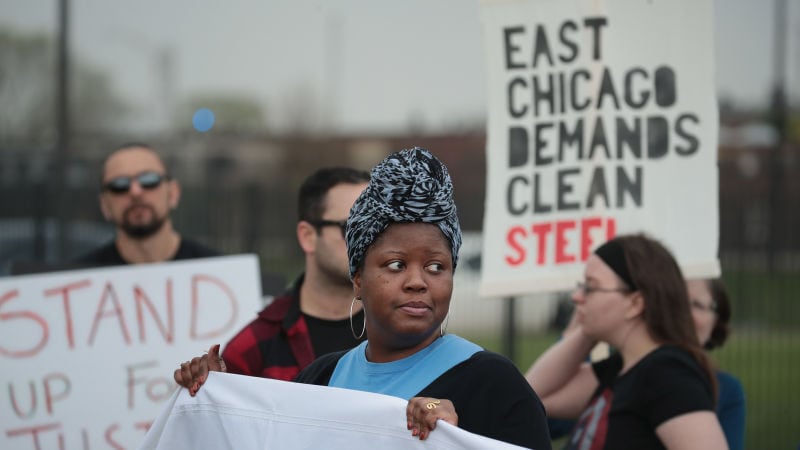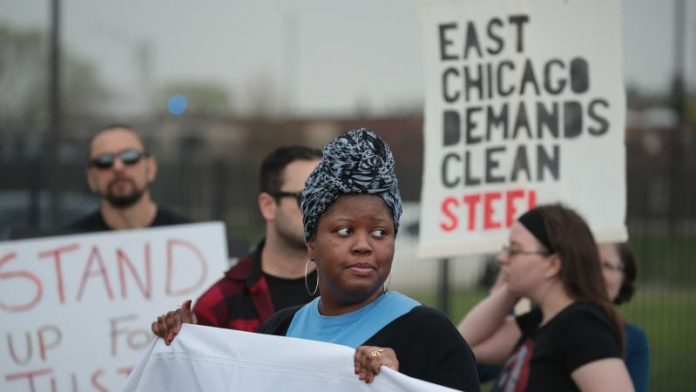
People living below the poverty line, blacks, Latinos, and non-white people, in general, are more likely to live in areas with high particulate matter pollution, according to a study published Thursday in the American Journal of Public Health.
No one should be surprised by this, but that doesn’t make it any less important. The study adds to a pile of evidence showing that income and race help determine whether a person is safe from a pollutant linked to heart attacks, decreased lung function, and asthma.
“Social and economic challenges can lead marginalized people to further populate an area made less desirable by proximity to sources of pollution,” the study states. “The potential health effects of the resulting environmental burdens on these groups should be considered in conjunction with existing health disparities: Access to health care has well-documented disparities by race/ethnicity, and the prevalence of certain diseases is notably higher in non-White populations.”
Particulate matter is some nasty stuff; it lodges itself in a person’s lungs and can enter the bloodstream. It’s classified according to its size, with the smallest particles measuring just 2.5 micrometers across, and the larger ones measuring up to10 micrometers. Both are inhalable, but PM2.5 is particularly dangerous. These particles spew out of vehicle exhaust, industrial smokestacks, and wildfires.
This new study, led by scientists who work for the Environmental Protection Agency (which has ironically beensetonremovingregulations that would help protect communities from this pollution), used the U.S. Census Bureau data and the Environmental Protection Agency’s National Emissions Inventory to look at the pollution exposure of different demographics. It lays out the numbers succinctly: Black people are 1.54 times more likely than the overall population to live in an area with high PM2.5 emissions. That factor decreases to 1.2 for Latinos and 1.28 for non-whites, overall. White people, on the other hand, are less likely than average to live in such an area.
A similar trend emerges when looking at income. Below the poverty line? You’re 1.35 times more likely than averageto be exposed to pollution. Above the poverty line? You’re 0.93 times as likely. “We have shown that a focus on poverty to the exclusion of race may be insufficient to meet the needs of all burdened populations,” the authors write, to this regard.
The study didn’t quantify pollution risk for immigrants specifically or figure out what Latinos identify as white or black, but these numbers are telling, nonetheless. They also remind us no one in the United States is really safe from these toxic pollutants but that some are, well, less safe than others. Black people and Puerto Ricans suffer the highest asthma rates in the U.S, and breathing in particulate matter doesn’t exactly help.
And while states like California are trying to do something to solve this disparity, a lot more needs to be done to keep vulnerablecommunities healthy. These types of studies and data sets can—hopefully—help drive policy and inform policymakers to take more dramatic action.




